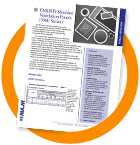For systems to be certified to TEMPEST (Telecommunications Electronics Material Protected from Emanating Spurious Transmissions) specific test standards need to be passed such as NSA No. 94-106 for shielded enclosures and other NSA standards depending on the intended environment and operation. The TEMPEST certified telecommunications electronic enclosure needs to be a “Faraday Cage”. A Faraday Cage is an enclosure made of electrically conductive materials capable of blocking magnetic and electric fields, commonly known as the electromagnetic field, see Figure #1.
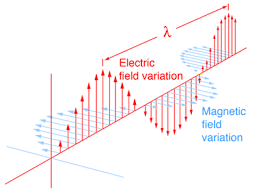
Figure 1 – Electric and Magnetic Field
(courtesy of HyperPhysics)
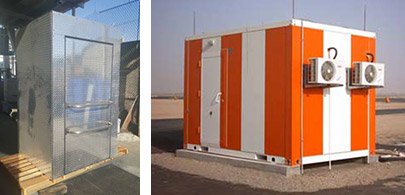
Figure 2 – Shielded Electronic Enclosures
(courtesy of Milium Textiles and Vertex Structures)
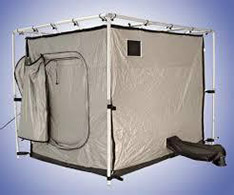
Figure 3 – Shielded Tent
(courtesy of Select Fabricators)
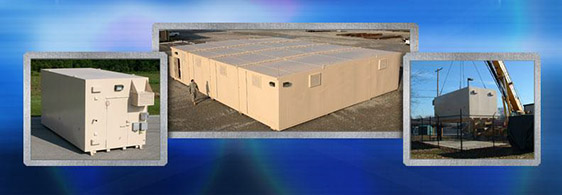
Figure 4 – SCIF Shielded Information Facilities
(courtesy of Armag)
Faraday Cages come in all sort of sizes and configurations. A typical Faraday Cage is an electromagnetic shielded enclosure usually constructed or lined with metal, Figure #2. A variation of a typical shielded enclosure is a shielded tent constructed of electrically conductive fabric, Figure #3. In addition to being conductive, a shielded enclosure also needs to incorporate shielding products such as: honeycomb vent panels for airflow, conductive windows for viewing, and conductive gaskets for access doors, connectors, antenna mounts, power/signal entry panels, etc…. Power and signal lines entering the shielded enclosure also need to be electromagnetically filtered to prevent unwanted conducted emissions. Internal to the shielded enclosure structural seams between the floor and wall, wall to ceiling, and all corner seams need to be electromagnetically sealed either by welding, conductive gaskets, or conductive caulk. At this point, from the need of all the shielding products, you might have realized that the principle of a shielded enclosure is to provide a complete low impedance path by addressing all entry, exit, and structural apertures. Shielding products therefore provide an electrically conductive, low impedance, path allowing the electromagnetic field to propagate on the outer surface of the shielded enclosure or on the inner surface if the electromagnetic field is generated from electronic equipment within the shielded enclosure. Therefore, shielding of an enclosure enables the internal electronic systems to be less susceptible to outside radiated emissions and covert to outside radio receivers and other detectors attempting to receive information.
An example of a shielded enclosure that generates internal electromagnetic fields that carry confidential information is a SCIF (Sensitive Compartmented Information Facility), Figure #4. A SCIF is a shielded enclosure used to process “Sensitive Compartmented Information (SCI)” material. SCIF shielded enclosures are used for U.S. Intelligence worldwide for classified information concerning intelligence sources, methods, or analytical processes; the information and material must be treated with correct classification and be protected.
Faraday Cages such as SCIF, conductive tents, and manned or unmanned electronic system enclosures require shielding products to meet TEMPEST and other military EMC (electromagnetic compatibility) specifications. As previously mentioned, these specialized conductive shielding products enable ventilation Figure #5, viewing Figure #6, and conductive gaskets for entry/exit doors, connector panels, structural seams, power and signal entry panels, etc…, Figure #7; in addition to power and signal filtration Figure #8.
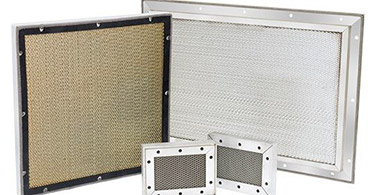
Figure 5 – Honeycomb Ventilation Panels
(courtesy of MAJR Products Corp.)

Figure 6 – Conductive Windows
(courtesy of MAJR Products Corp.)
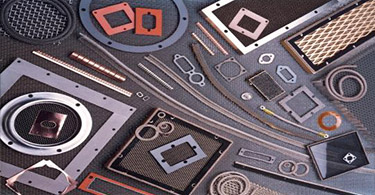
Figure 7 – EMI/RFI gasket products
(courtesy of MAJR Products Corp.)
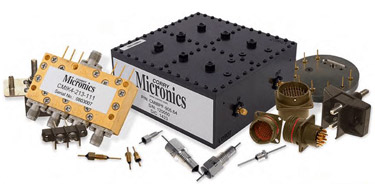
Figure 8 – EMI/RFI filters
(courtesy of Corry Micronics Inc., now Quantic Corry)

